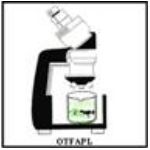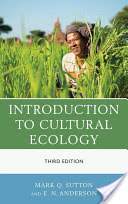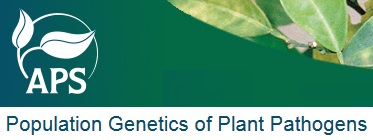Topics Covered in this Section
3.1 An Introduction to Animal Ecology
3.2 Population Growth & Interactions
3.3 Population Movements & Measurements
AGLS 6502 Lecture 3 - An Introduction to Ecology
3.1 An Introduction To Animal Ecology
Ecology Texts:
Odum (1983): Basic Ecology
Anderson (1991): Management of Wildlife Resources Second Edition, Prentice Hall Inc.
Objectives:
(1) What is Ecology Odum - (1983)
(2) Components in the Study of Ecology
(3) Characteristics of Wildlife Populations Anderson (1991): Chapter 2
- Populations, Communities and Ecosystems
- Birth on Natality Rate
- Death on Maturity Rate
- Life Tables
- Survivorship Curves
- Productivity
- Density
- Age Structure
- Genetic Composition
(4) What is a Habitat
(5) Evolution and Adaption
Readings:
Characteristics of Wildlife Populations - Birth/Death Rates, Productivity, etc. (Google Books)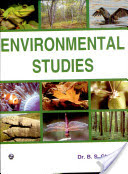 |
Presentation: Life Tables and Survivorship Curves - University Illinois Chicago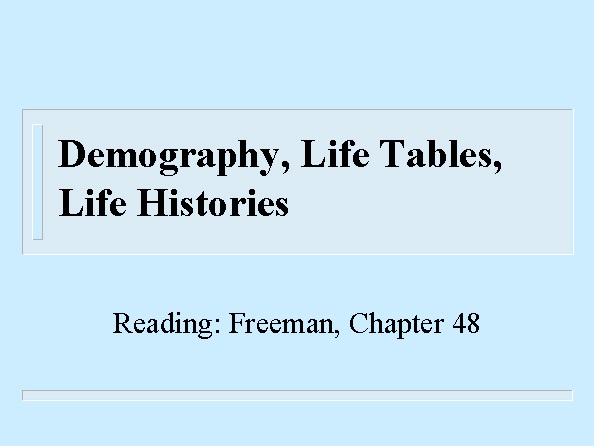 |
3.2 Population Growth & Interactions
Anderson (1991): Chapter 3
Objectives:
(i) Population Growth
- Growth Form
- Growth Equation
- Exponential
- Logistic
Readings:
Introduction to Population Modelling |
Logistic Population Growth: Equation, Definition & Graph |
(ii) Interactions
- Competition
- Mutualism
- Predation
- Commensalism
- Hunting & Fishing
- Symbiosis
- Parasitism
- Diseases
Readings:
Population Interactions - Terms 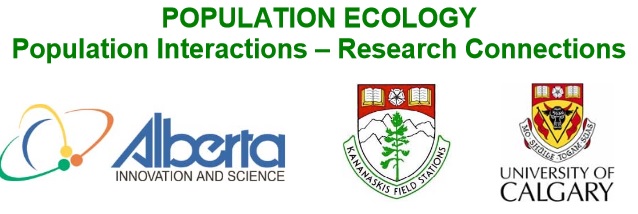 |
Population Interactions - Terms |
Helpful text - Hunting & Fishing. pg. 155 of Google Book |
Article on diseases in wildlife populations |
(iii) Population Cycles
- Stress
- Food
- Genetics
Readings:
(iv) Population Regulation (see above readings):
- Density Independence - all vital rates of the population and its growth rate were dependent only on the environment. Click here for source.
- Density Dependence - caused by limited availability of a necessary commodity. Click here for source.
- Population Constraints
3.3 Population Movements & Measurements
Anderson (1991): Chapter 4
Objectives:
(i) Population Movement
- Migration
- Immigration
- Emigration
- Measuring Movements
(ii) Collecting Pollution Data
- Total Counts
- Sampling
- Precision
- Stratified Sampling
- Cluster Sampling
- Sample Size
- Indices
(iii) Methods
- Aerial Surveys
- Trapping
- Transects
- Mapping
- Indirect Methods
- Mark Recapture
- Banding
- Roadside & Cell Counts
- Animal Welfare
Anderson (1991): Chapter # 5
Objectives:
(i) Models and Wildlife
- Definition of a Model
- Development of a Model
- Model Characteristics
- Types of Models
- Stochastic
- Deterministic
- Wildlife Modeling
- Population Models
- Habitat Models
- Planning Models
(ii) Some Models used in Wildlife Management
- Population Models
- One Population
- Turkey
- Fishers
- Deer
- Eagle
- Fish
- Kite
- Disease
- Habitat Models
- Correlation
- Predicture
